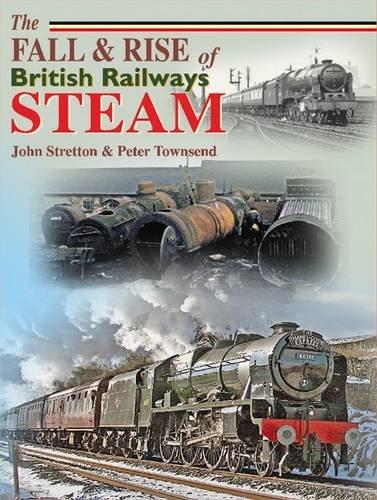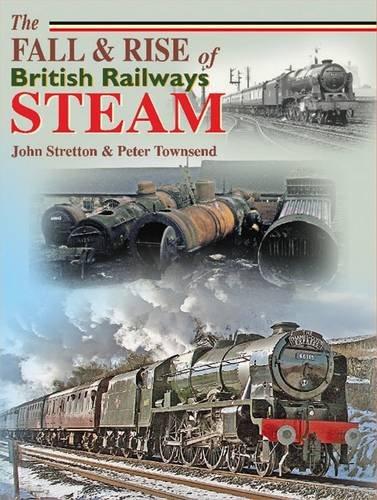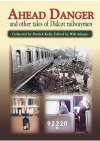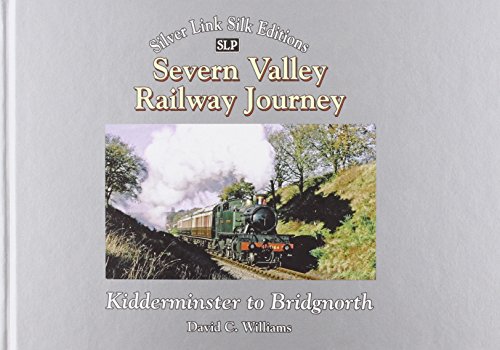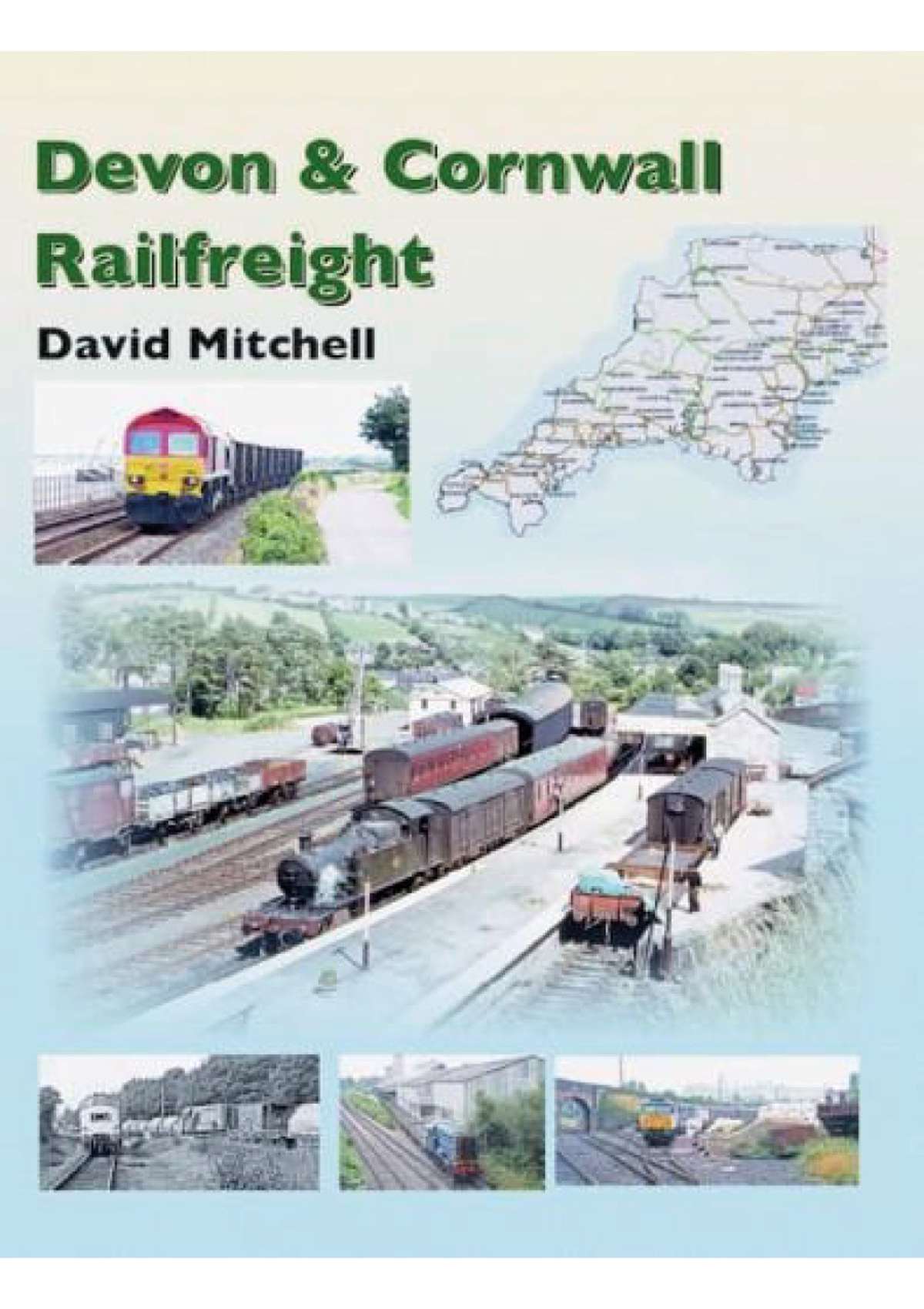The Fall & Rise of British Railways Steam
John Stretton & Peter Townsend
Following the publication of the 1955 Modernisation Plan, which set out to establish the future of Britain's rail network, it seemed that the writing was on the wall for steam traction. With the "Beeching Report" the pace of change gathered speed, and the move to alternative traction was accompanied by considerable contraction of the network. The last steam locomotive built for British Railways, aptly named Evening Star, was outshopped from Swindon Works in 1960, and amazingly the last steam locomotives were withdrawn from service in August 1968! This decline from the mid-1950s forms the first part of this book, as hundreds upon hundreds of locomotives were sent to the breaker's yards. The scrap yards are the sombre location of the second section, which looks at these 'abattoirs of steam', where the vast majority of locomotives were despatched by the cutter's torch all too rapidly. However, among the scenes of devastation something remarkable was happening. Enthusiasts noticed that at one yard, old wagons were being cut up but locomotives were not. This was the remarkable yard of Dai Woodham at Barry Docks in South Wales - locomotives were going to Dai, but not to die! Thanks in large part to this remarkable man we are able to move to our third section, the preservation years, when locomotives were reserved, then purchased (often gradually) and eventually moved to fledgling preserved lines all over the country to be restored. Having been banned seemingly for ever, steam eventually returned to the main line, and the book concludes with a look at today's thriving heritage railway scene, with more than 8 million visitors a year - a fall and rise indeed!

